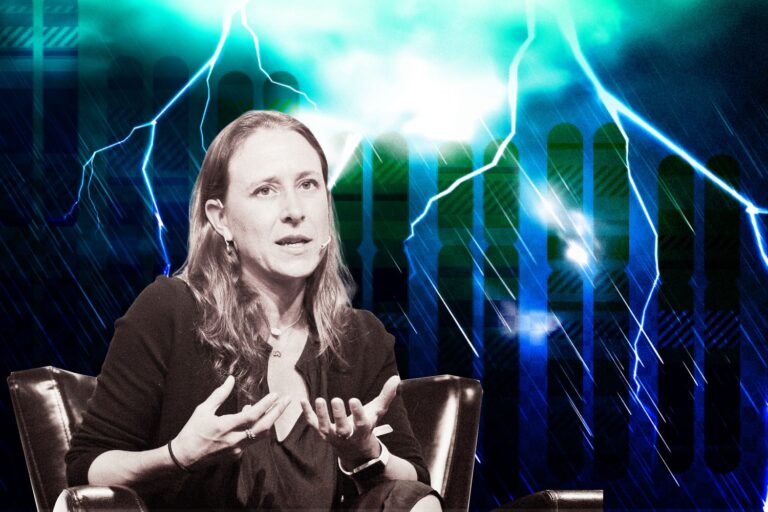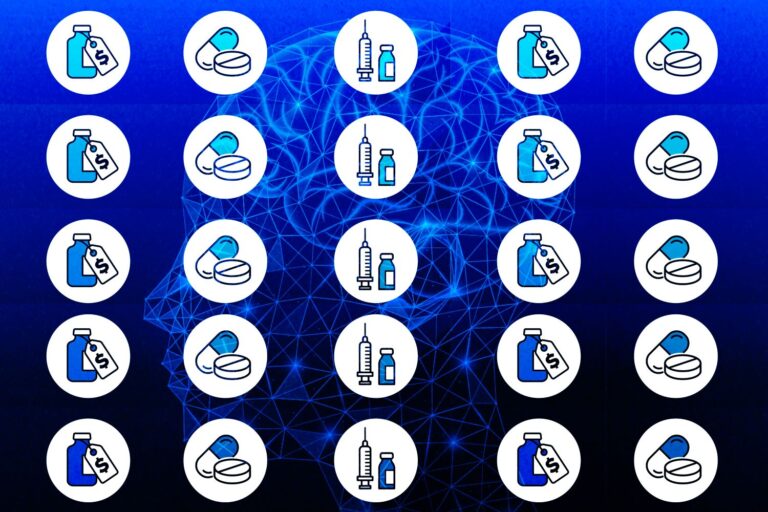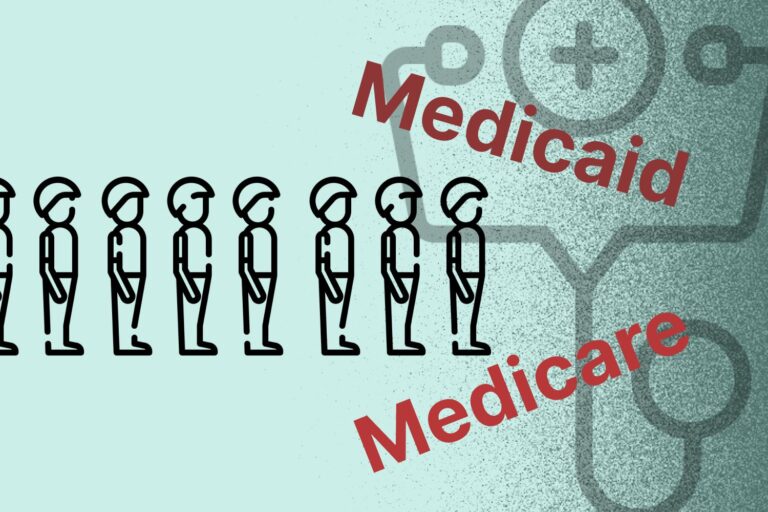The Telehealth’ Bright and the Not-So-Bright Sides
The number of businesses and investors getting their feet wet in the healthcare sector is increasing over the years, and they mean business by putting the effort in the hope of changing the face of the industry. One of the achievements that aiding the process is the integration of telecommunication in delivering patient care, as known as telehealth.
Every business is getting a makeover from head to toe in the era of digitalization. And it’s not a strange thing that the healthcare sector earn itself the same makeover it deserves. The healthcare industry used to be one of the most undermining sectors and one of the last to receive investment for innovations.
But that’s not the case anymore.
For those who are a bit clueless, let’s read the next part.
The What
According to WHO, telehealth is the implementation of ICT (information and communication technology) to deliver healthcare and has the process works a bit different from the traditional healthcare model. Telehealth falls under the umbrella of e-health and is one of the most basic elements of the healthcare practice.
So, what kind of positive effects or so-called bright sides?
The Bright Telehealth Side

Patient
- A patient can be at their most comfortable place to receive healthcare. The location can be their home, a bedroom, a living room, and the list go on. With the chosen venue, patients can receive care, guidance, check-ups, the reminder to take their pill right on time.
- The proportion of the elderly is increasing throughout the year. Many physicians call it is a silver tsunami. Therefore, to deliver better healthcare and tackle the “tsunami,” telehealth is the perfect tool for the job. Moreover, according to a recent report, America’s Health Insurance Plans (AHIP) is calling for health platforms, including telehealth, to be implemented to support the substance abuse disorder (SUD) overcome their difficulties. It can be said that telehealth is suitable for everyone ranging from children, adults, elderly group to the unique needs.
- Patients don’t have to take a long ride to the healthcare facilities or the clinic, wait in long hours or make reservations to stay in a big city which could be costly.
- If the patient is receiving care through telehealth, it means that family and friends can visit them more conveniently. Most people believe that recovering with friends and family around will produce a much better result for the patient.
- The best thing is, your patient receives personalized healthcare service which customized to each patient’s medical record. As a result, patient satisfaction will tremendously enhance. From the marketing point of view, this will bring a positive effect for word-of-mouth marketing which is very valuable to any healthcare provider.
Doctor
- Telehealth makes practicing medicine more accessible for the developing countries, where skilled physicians are in shortage, to obtain guidance, consult, the
diagnosis from experts around the world. - Practicing medicine is a non-stop journey for every doctor. That is why telehealth is very useful for educating and training young doctors. They can learn the best from the best without putting too much pressure on traveling and accommodation.
- With personalized healthcare service, physicians have a chance to dig deeper into the patient’s lifestyle and behavior. Based on this data, doctors will be able to give more precise recommendations and suggestions.
- What telehealth can offer more for doctors is productivity- the ability to deliver care to more patients.
- Doctors in the local area can cooperate with doctors in the big city. As a result, it will synchronize healthcare services throughout different facilities.
Hospital
- With more personalized healthcare service by telehealth, the number of beds at the hospitals can dramatically reduce for more critical cases. As a result, your institution can earn more revenue by keeping your customer stay local and managed by a specialist.
- Telehealth can give the administrator more control and manage the facility efficiently.
- Because of the versatility where one person only needs a device to gain access for healthcare service, the institution shall have a positive image over the community and the public thanks to telehealth.
- All the interaction between doctors and patients is more than just healthcare service. Data are lying around. It’s up to your institutions to utilize and convert those data into valuable information for multiple purposes.
Well, you know what they say
Every coin has two sides, and I cannot only mention the bright without mentioning.
The Not-So-Bright Telehealth Side

Vulnerable Patient Data
With technology is on the rise, it’s no surprise that along with the exceptional achievements that optimize the healthcare sector, the risk of being hacked is higher than ever. Implementing telehealth to take care patient seems promising; however, the board of director should also be aware of how vulnerable and valuable the data that the institution gains from telehealth. Moreover, telehealth is just one of many sources for hackers to earn a profit.
That’s why, if your institution is planning to integrate telehealth, do remember to protect thoroughly from all wings and prepare crisis protocol in advance.
Miscommunication
Telehealth’s concept is entirely based on interactions between doctor and patient through devices. As a result, miscommunication is likely to take place.
Imagine a doctor from foreign country pronounces the name of a pill which is quite like other prescribed medicines. What could go wrong if the patient took the wrong pill? Terribly wrong is it going to be.
Another scenario that miscommunication poses a threat to is the relationship between the care provider and the patient. An interpersonal relationship usually boosts the recovering process of a patient, and through a telehealth’s machine, it surely depends on the skill of the caretaker.
Users’ Acceptance
For most people, telehealth is still a concept, and the number of people receives consultation via video remain quite low in the United States and most corners around the world. And for seniors, it’s not easy for them to take on new and updated tech into their daily lives. So, it could be a headache to convince them to use telehealth, not to mention, instruct them to use it. Therefore, healthcare institutions must take their pioneer step toward change by educating the market.
Costly it will be, but will it worth it? You decide.
More than that, internal factor like physicians may be the one who gives a headache. They may refuse to take on the new process because of the complexity and require something simpler. It should result in more training and IT support for doctors.
The challenge does not stop there. With chronic disease, telehealth specialist can give the patient a reminder, guidance daily. But what happens if the patient needs emergency support? How quick will the rescue team be present?
Lack of Infrastructure
This problem lies within a lot of developing countries. Nowadays, with many types of network such as 3G, 4G and 5G are coming soon, many places still haven’t had an Internet connection or even the most basic one, cellular network while this is the foundation for telehealth to work.
That is some of the issues that telehealth hasn’t been able to answer yet.
Related post: EMR and EHR in a Nutshell









